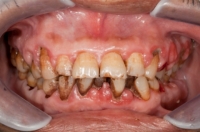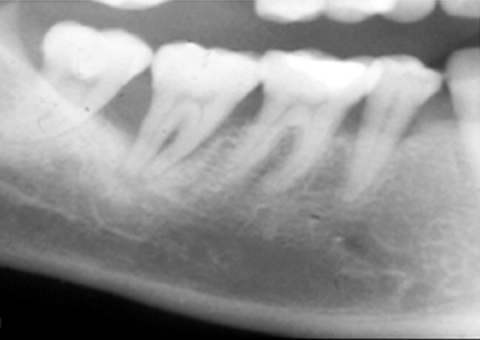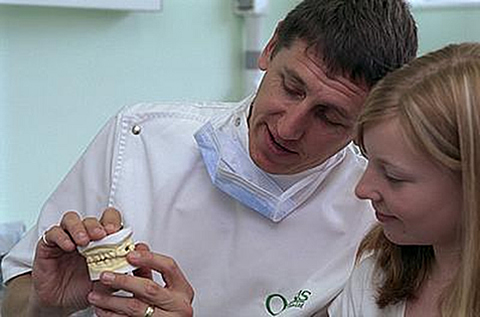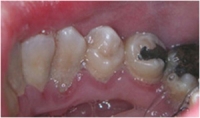The Diagnosis and Management of Furcations course for Dental Practice



This session discusses the diagnosis and classification of furcation defects, and describes the choice of treatments available.
Learning Objectives
By the end of this session you will be able to:
- Diagnose furcation problems
- Assess factors affecting treatment choices
- Make appropriate treatment choices and incorporate the chosen treatment into an effective overall treatment plan for the patient
- Give a reasonable prognosis and fallback plan to the patient
This session will cover the classification of furcation defects, together with appropriate methods and levels of examination of a patient.
Before commencing this session you should:
- Have knowledge of the concept of risk factors and the basic disease process
- Know the periodontal/restorative interface including molar endodontics
- Have knowledge of basic periodontal surgical and non-surgical techniques
Roger Mosedale B.D.S, F.D.S.R.C.S Edin., M.G.D.S., M.R.D., F.F.G.D.P.(UK)
Roger has run a specialist referral practice as part of a larger referral practice for over 35 years. He is a past president of the British Society of Periodontology and was responsible for the creation of the Guidelines for Treatment, and the subsequent revision of these. His particular interest has been the interface between periodontology and the other disciplines of dentistry, especially the perio-restorative interface and the incorporation of implant treatment into this area. Effective and efficient treatment is a major interest. He developed one of the first risk assessment indices fifteen years ago and has extensive experience in the use of risk as an aid to planning predictable treatment and outcomes.
Over many years, Roger has been extensively involved in postgraduate teaching and has given many courses both in the UK and Europe. He has also taught undergraduates at Birmingham Dental School for many years. He has examined at FDS, MGDS, FFGDP, BDS and diploma levels.
Currently, Roger is partly retired but remains very active in undergraduate teaching in Birmingham, and also at MSc and Restorative Diploma level. He runs a study group on treatment planning and an undergraduate special study module on treatment planning.



- Oral Health | Clinical and Risk Asessment | What s...
- Posted By eIntegrity Healthcare e-Learning
- Posted Date: 2025-01-03
- Location:Online
- This session examines the essential details that should be recorded in a patient's clinical notes for common dental procedures. Good practice guidelines surrounding the retention of patient records are also discussed together with the importance of confi
- Oral Health | Clinical and Risk Asessment | What i...
- Posted By eIntegrity Healthcare e-Learning
- Posted Date: 2025-01-03
- Location:Online
- This session outlines the background to the development of health promotion, and the key principles and strategies underpinning health and oral health promotion.
- Oral Health | Clinical and Risk Asessment | What a...
- Posted By eIntegrity Healthcare e-Learning
- Posted Date: 2025-01-03
- Location:Online
- The clinical record is not restricted to what is written in the clinical notes. This session looks at what also constitutes clinical records and how these can be kept safely for the required period of time. The benefits and drawbacks of computerised syste
- Oral Health | Clinical and Risk Asessment | What a...
- Posted By eIntegrity Healthcare e-Learning
- Posted Date: 2025-01-03
- Location:Online
- This session outlines the basic skills required to deliver effective diagnoses. It will form an introduction to the further learning delivered within this programme that will complement these skills.
- Oral Health | Clinical and Risk Asessment | Use of...
- Posted By eIntegrity Healthcare e-Learning
- Posted Date: 2025-01-03
- Location:Online
- This session describes current thinking on effective delivery of fluoride to the mouth, why fluoride toothpastes have been so successful in reducing caries, enamel solubility and how fluoride can both help to prevent it and reverse the early stages of dis






